#south african wildlife
Text
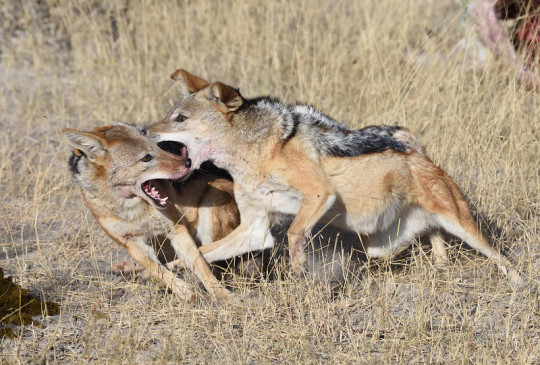

Cape black-backed jackals (Lupulella mesomelas mesomelas)
Okavango Delta, Botswana
Photos by Scott Ableman
1K notes
·
View notes
Text

An African wildcat (Felis lybica) relaxes in a tree in Kgalagadi Transfrontier Park, South Africa
by jaffles
#african wildcat#wildcats#felines#felis lybica#felis#felidae#carnivora#mammalia#chordata#wildlife: africa#wildlife: south africa
1K notes
·
View notes
Text





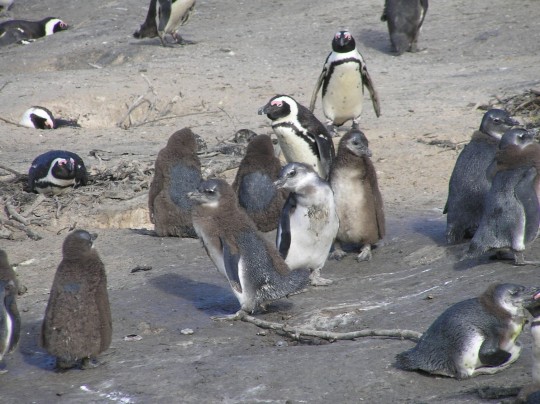



The young penguins of South Africa shed their down, preparing for the struggle to come. Since their habitat was destroyed by mining, eggs are laid on sand instead of burrows, and the exposure to the elements kills many eggs before they hatch. Parents are forced to venture many more kilometers out to sea to find fish, as trawlers empty the ocean for distant tables. Regulations limiting fish harvests is desperately needed, not only for sea birds but for people who traditionally make their living fishing off the coast. In international waters, trawlers have total freedom, which can collapse fisheries. Alternatively, reducing ocean fish in your diet can counter this problem.
#south africa#africa#original photography on tumblr#wildlife photography#african birds#african penguin#penguin#ocean life#ocean conservation
322 notes
·
View notes
Text
Parahyaena brunnea
Mostly due to habitat loss, brown hyenas are the rarest of the hyena species, with 4-10 thousand individuals in the wild. There are 30-50 thousand wild spotted hyenas, for comparison.
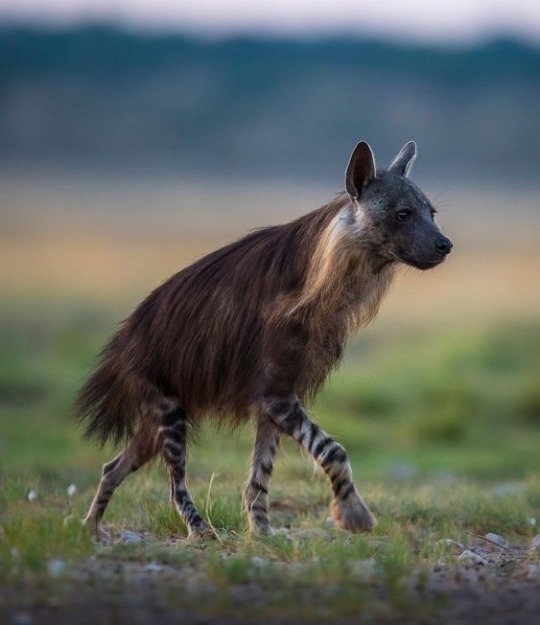
Brown hyenas are also known as strandwolves, which means "beach wolves" in Afrikaans, a language spoken primarily in South Africa. This name was given to them because brown hyenas in coastal areas spend a lot of time walking down beaches in search of food, and maybe to unwind after a long day. Some of the largest brown hyena populations are found in these coastal areas of Southern Africa, but there are also large populations in the Kalahari desert.

Although the name strandwolf suggests it, brown hyenas are not closely related to wolves or other canines. They can resemble canines, but hyenas are more closely related to cats than dogs. Their closest relatives are mongooses and civets. The photo below shows an African civet.
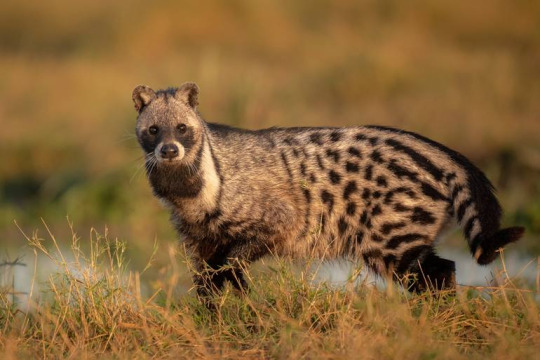
Brown hyenas are generally smaller than striped and spotted hyenas, but they can still get pretty big, weighing up to 90 pounds (40.8 kg). This size and their powerful jaws make them seem like formidable predators, but they're pretty bad hunters. They mostly scavenge for food or steal it from more capable hunters like cheetahs, leopards, and jackals. Since they can digest bones, hooves, horns, hair, and skin, they can basically eat every scrap food they find. Brown hyenas often live in groups, but this scavenging is done on their own.
Their clans are much smaller than those of spotted hyenas, and the structure is more similar to a wolf pack; most hyenas in the group are the offspring of the dominant hyenas. Brown hyenas are very social and form close bonds with other hyenas.
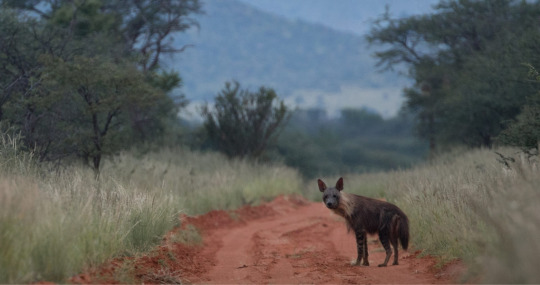
I rate the brown hyena 17/10. I like them. They seem a little bit lazy with their poor hunting skills and walks down the beach


Photo credits:
(1) Christophe Jobic (2) Mario Nonaka (3) Yarin Klien (4) Thilo Beck (5) Johan Swanepoel (6) Joel Sartore
#brown hyena#brown hyenas#hyena#hyenas#animals#biology#nature#science#wildlife#zoology#animal#wild#african animals#hyaena#south africa#Africa
403 notes
·
View notes
Photo

Caracal
By Jon Warburton of Zululand, South Africa
African Wildlife Photography Awards
#jon warburton#photographer#african wildlife photography awards#zululand#south africa#caracal#animal#mammal#wildlife#nature#cat
201 notes
·
View notes
Text
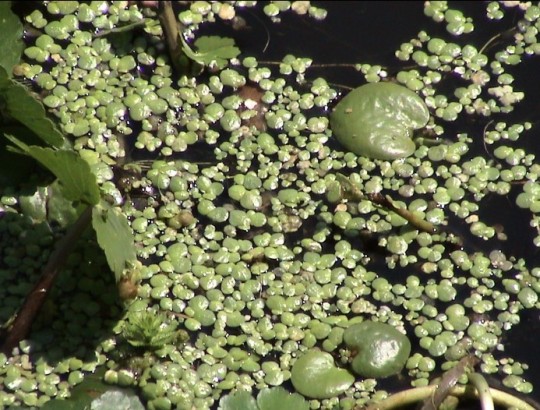

Fat Duckweed (Lemna gibba)
Family: Arum Family (Araceae)
IUCN Conservation Status: Least Concern
A tiny aquatic plant found in slow-moving or stagnant freshwater habitats across much of Africa, Europe and the Americas, Fat Duckweed floats freely on the surface of the water, respiring and carrying out photosynthesis through a buoyant leaf-like “main body” called a thallus while its single submerged root hangs down and absorbs inorganic nutrients such as nitrogen (which plants need to produce chlorophyll) from the water around it. Although they do occasionally produce flowers (particularly when exposed to intense sunlight and low water levels,) members of this species primarily reproduce asexually, with the thallus developing bud-like offshoots that split of into new but genetically identical offspring, and through this method of reproduction (which can occur every few days) Fat Duckweeds can quickly spread over vast areas, potentially near-totally covering the surface of the body of water they inhabit under ideal conditions. The root of an adult Fat Duckweed is sticky, allowing members of this species to compensate for their limited ability to spread their rarely-produced seeds by adhering to semiaquatic animals such as ducks, allowing them to be carried between bodies of water and colonise new areas (hence the name, “duckweed.”) If an individual should fall from the animal that was carrying it before reaching a suitable body of water, it may also be able to survive in sufficiently damp soil.
——————————————————————————
Image Source: https://www.inaturalist.org/taxa/63913-Lemna-gibba
#Fat Duckweed#duckweed#duckweeds#plant#plants#botany#biology#aquatic plants#aquatic wildlife#wildlife#african wildlife#european wildlife#north american wildlife#south american wildlife
118 notes
·
View notes
Text

Maggie Laubser
Flamingos on the Beach
#maggie laubser#fauvism#fauvist#les fauves#south african artist#woman artist#women artists#woman painter#women painters#pink flamingos#flamingo#birds#beautiful birds#birds in art#bird art#nature#wildlife#modern art#art history#aesthetictumblr#tumblraesthetic#tumblrpic#tumblrpictures#tumblr art#aesthetic#beauty
26 notes
·
View notes
Text
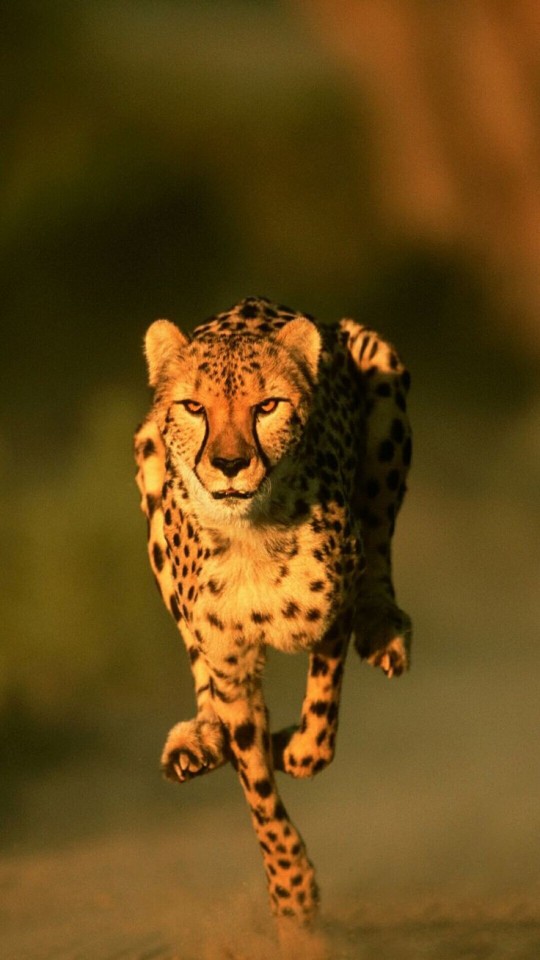
#south african#cheetah#tiger#wild life photography#photography#wild animals#wildlife#animal photography#animals#cute animals
36 notes
·
View notes
Text
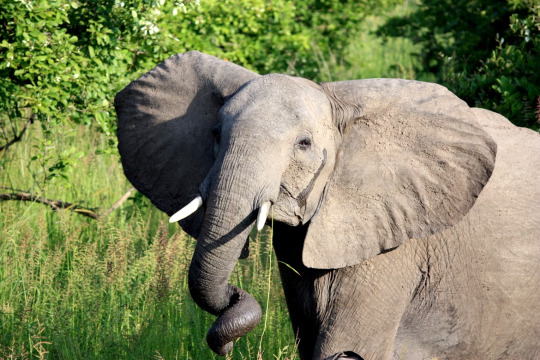
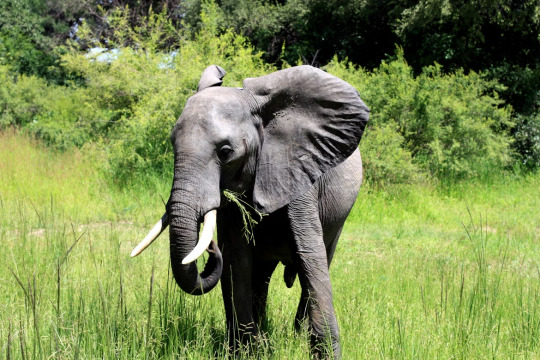

African bush elephants in South Luangwa National Park, Zambia
Henning Borgersen
Mass: 13,000 lbs (Male, Adult), 6,600 lbs (Female, Adult)
Scientific name: Loxodonta africana
Gestation period: 22 months
Trophic level: Herbivorous
Speed: 25 mph (Maximum, Running)
Height: 10 ft. (Male, Adult, At Shoulder), 7.2 – 9.2 ft. (Female, Adult, At Shoulder)
Lifespan: 60 – 70 years
Also known as the African savanna elephant, is one of two extant African elephant species and one of three extant elephant species. It is the largest living terrestrial animal.
As herbivores, they spend much of their days foraging and eating grass, leaves, bark, fruit, and a variety of foliage. They need to eat about 350 pounds of vegetation every day.
Their range spans a variety of habitats, from the open savanna to the desert, and can be found in most African countries.
#South Luangwa National Park#Zambia#National Park#Elephant#Elephants#Wildlife#ZambiaWildlife#Africa#African Bush Elephant
11 notes
·
View notes
Text

The South African Giraffe is the last member of the giraffe family I've been studying, and it's been quite an adventure. While I still struggle to identify some of the subspecies, I feel confident in recognizing most of them.
South African Giraffe
The South African Giraffe, also known as the Cape Giraffe, is a fascinating subspecies with a population of approximately 37,000 individuals. Interestingly, it was once extinct in some of its native areas in Southern Africa, but thanks to reintroduction efforts, its population has seen an impressive 150% increase. This is certainly good news for this subspecies, which is now a common resident in zoos, private farms, and ranches around the world.
With its distinctive coat pattern of cream-colored patches with orange-brown edges, the South African Giraffe is a unique and beautiful animal. While habitat loss, poaching, and trophy hunting continue to threaten their populations, conservation efforts are helping to protect these magnificent creatures for future generations to enjoy.
______________________________
Credits:
South African Giraffe
Photo Reference Credits:
Sharon Verkuilen
________________________________
Thank you for being here. It will be awesome if you are here more often, so please like and subscribe, It will help me a lot. See you next week. Reblogging also qualifies as awesome.
#South African Giraffe#giraffe#jirafa#cape giraffe#animal#mammals#artist on tumblr#animals#wildlife#wild animals#illo#scientific illustration#drawing#illustration#cute animals drawing#hyperrealism#conservation#inforgraphics#clasiffication#science side of tumblr
52 notes
·
View notes
Text
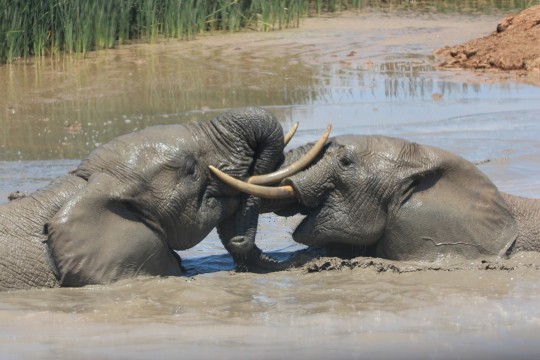
bonk
it can be difficult to keep track of where everyone is when you're in this much muddy water, even if you do all weigh over a ton.
African elephants at Addo Elephant park
#my photography#wildlife photography#african elephant#elephants#wildlife#South Africa#addo elephant park
37 notes
·
View notes
Text

Cape black-backed jackals (Lupulella mesomelas mesomelas)
Skeleton Coast, Namibia
Photo © Laurent Geslin / naturepl.com
18 notes
·
View notes
Photo

An African emperor moth (Gonimbrasia zambesina) in Kruger National Park, South Africa, Africa
by Bernard Dupont
#african emperor moth#butterflies and moths#Gonimbrasia zambesina#gonimbrasia#saturniidae#lepidoptera#insecta#arthropoda#wildlife: south africa#wildlife: africa
850 notes
·
View notes
Text
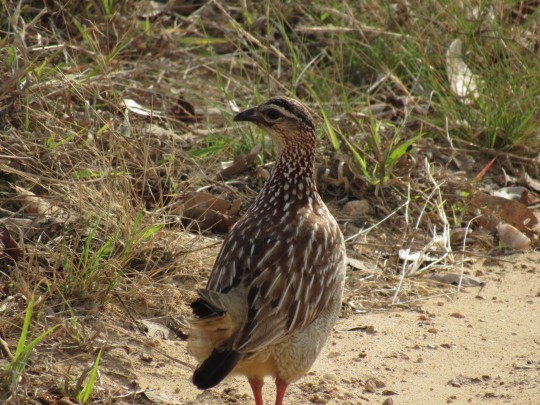
Crested Francolin, Waterberg, South Africa
228 notes
·
View notes
Text
Vulpes Chama
The cape fox lives in the dry kalahari desert areas in Botswana, Namibia, and South Africa. With big ears like the fennec fox, the larger cape fox also lives quite similarly. They are nocturnal to avoid the scorching desert temperatures, and they are omnivores, eating whatever is available. In the Kalahari desert this includes reptiles, insects, vegetation, rodents, and small farm animals, which makes them a target for farmers. They get most of their water from this food and very rarely actually drink water.

Little is known about the social structure of the cape fox, although they seem to be very solitary, only interacting with other foxes during the breeding season and when they have kits. They generally have 1-6 kits, and both parents help raise them. Although they are very solitary animals, their territories often overlap with other foxes’ territories.
I rate the cape fox 10/10. Very good fox

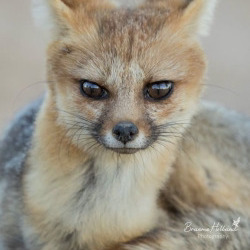
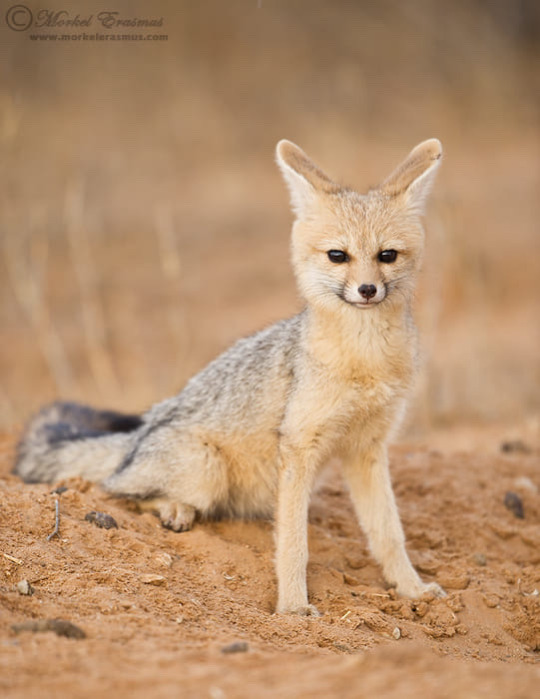
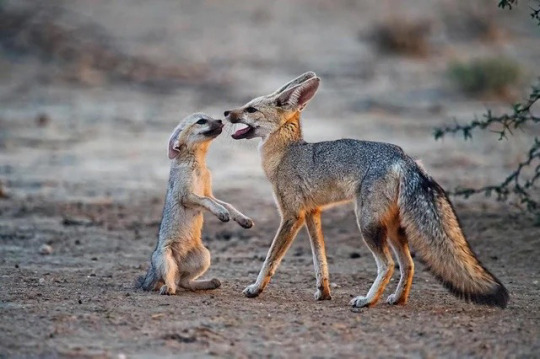
Photo credits:
(1) Jens Böhme (2) Braeme Holland braemehollandphotography.com (3) Shem Compion (4) Morkel Erasmus (5) Johan J. Botha johanjbotha.com
#animals#biology#nature#science#wildlife#zoology#animal#dog#dogs#wild#cape fox#South Africa#African animals#fox#foxes#cape foxes
128 notes
·
View notes
Text

Wild African elephants may have domesticated themselves
Two elephants greeting each other at the Addo Elephant National Park in South Africa.
(Image credit: Johan Swanepoel, Depositphoto.)
#johan swanepoel#photographer#depositphotos#african elephant#elephant#mammal#animal#wildlife#addo elephant national park#south africa#nature
30 notes
·
View notes